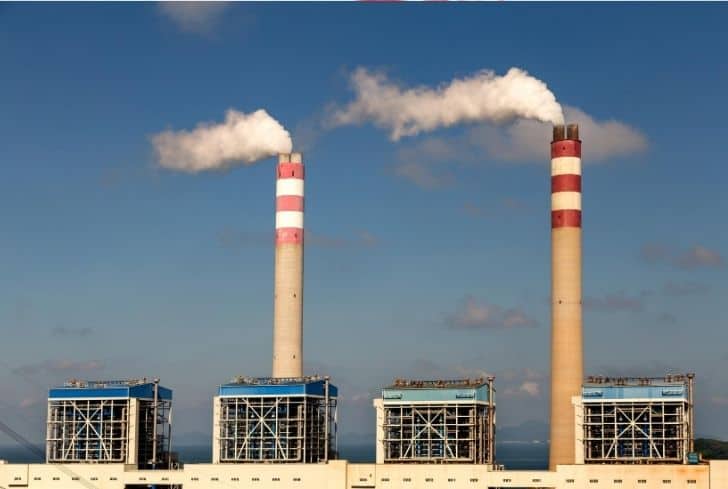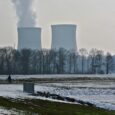Thermal enrichment is another term for thermal pollution. Thermal & Radioactive pollution happens while the temperature of the natural body of water unexpectedly rises or falls. Thermal pollution is largely caused by industrial machines and power plants. When industrial sites & power plants use water from a natural source, this is an eg of thermal pollution.
The temperature has changed while the water is returned. Thermal pollution is a serious issue in today’s culture. Changes in oxygen levels are one of the most serious consequences of thermal pollution, which destroys ecosystems and populations. Continue reading to learn more about the origins & effects of thermal pollution.
What Causes Thermal Pollution In The First Place?
There were some natural factors of thermal pollution, in addition to natural and human forces. Thermal contamination is most likely caused by industrial machines and power plants, according to experts. Cool water is frequently used from natural water bodies to cool machines. Our natural sources of water assist industrial sites & power plants, but the favour is not reciprocated.
Thermal pollution is caused by sites and plants pumping fairly warm water back towards natural water bodies. Water lying on hot concrete surfaces that runs off into neighboring water bodies is an instance of thermal contamination from a natural source. The temperature of the water might rise as a result of hot water.
What Are The Five Factors That Contribute To Thermal Pollution?
Human actions and natural reasons both contribute to thermal pollution. While there are several explanations for this, they all have the same impact. The effect of thermal pollution will be discussed in the following section. For the time being, consider the following five sources of thermal pollution:
1. In industrial operations, water is used as a cooling agent. As previously stated, cool water is frequently used to cool machinery. The water freezes the machinery, but the mechanism heats the water & returns it to its source. Thermal pollution arises as a result.
2. Erosion of the soil Water bodies can increase as a result of soil erosion. As a result, aquatic bodies are exposed to more sunlight, causing water temperatures to change.

3. Stormwater runoff from paved areas Water temperature can be influenced by runoff from roadways, parking lots, & their surfaces. Temperatures might rise during the summer, resulting in hot water discharge. Thermal pollution may occur if runoff reaches sewer systems and aquatic bodies.
4. Natural occurrences Thermal pollution is caused by more than just humans. Excess heat in water bodies can be caused by natural factors such as volcanoes, geothermal vents, & hot springs. In addition, lightning can cause heat to be released into bodies of water. Natural disasters like this can have long-term consequences for the environment.
5. Forest Deforestation Humans and water bodies can both benefit from the shade provided by trees and plants. When trees are cut down, the shade disappears, and we are left with direct sunlight shining on water bodies.As a consequence, the water’s temperature may rise.
What Are The Negative Consequences Of Thermal Pollution?
When it comes to the impacts of thermal pollution, few people may perceive them as beneficial, while others may consider them as harmful. In truth, it’s very certainly a mix of the two.While there are numerous negative effects on marine ecosystems, essential aspects of human life will not exist if industries didn’t operate as they do.
Thermal pollution-producing enterprises create a wide range of products that humans need. The impacts of thermal pollution on ecosystems, on the other hand, may be significant. The following are some of the consequences of thermal pollution:
1. Reduced quantities of dissolved oxygen (DO) The temperature of the water rises as a result of thermal pollution. DO is reduced because warm water holds fewer oxygen than cold water. As a result, plants and animals may succumb to asphyxia. Warmer water temperature can also encourage algae growth on the water’s surface. This can also reduce the amount of oxygen in the water.
2. Increased toxin levels Toxins are frequently found in water which is regurgitated back into bodies of water from industrial sites. Toxins can have an impact on the local ecosystem and make people more susceptible to diseases.
3. Environmental impact Some aquatic organisms can be harmed by small temperature fluctuations. Plants, insects, and amphibians can all die in large numbers as a result of thermal pollution. 3. However, other species thrive from the heat, such as algae.



